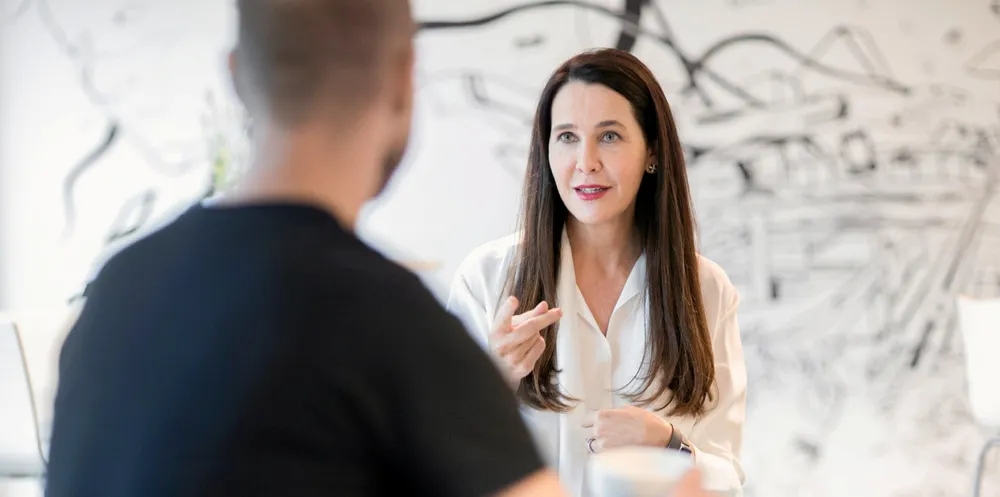'Stay tuned': BP renewables chief says more green hydrogen mega-projects on radar after Australia swoop
Anja-Isabel Dotzenrath says supermajor has scale and experience to advance 26GW Asian Renewable Energy Hub with further similar deals being considered
